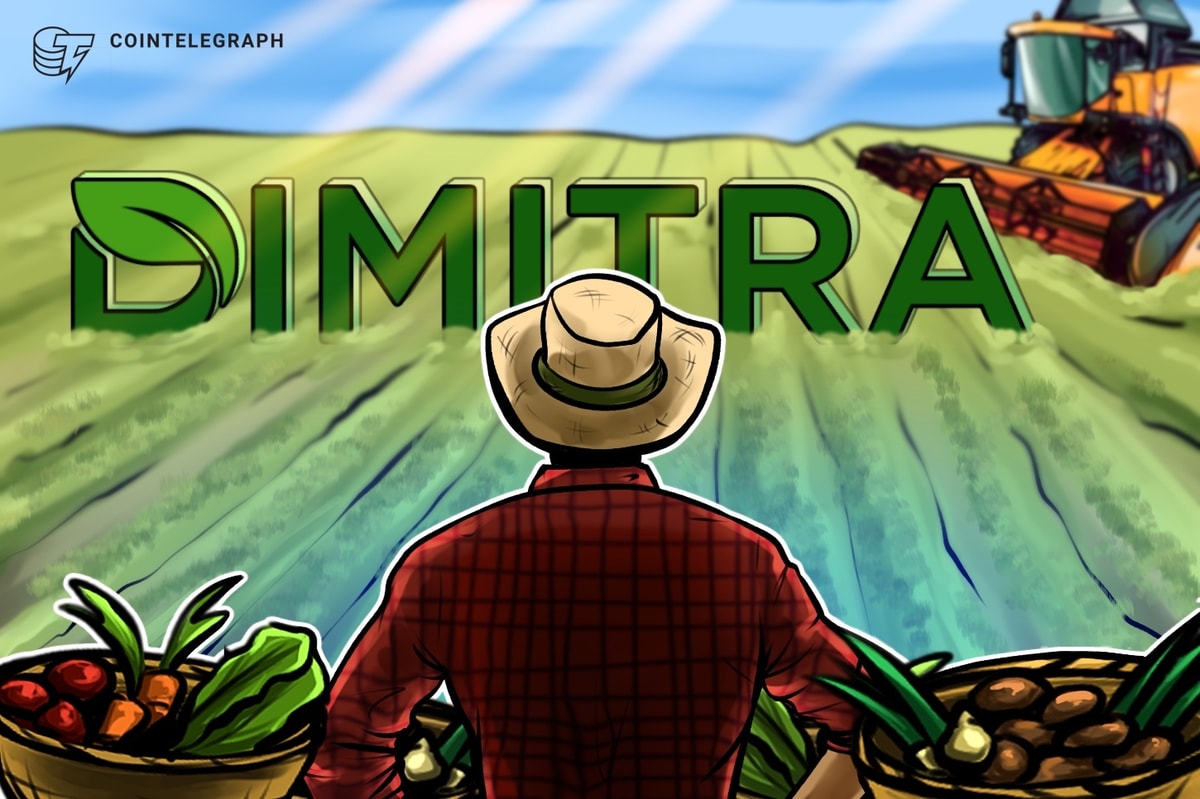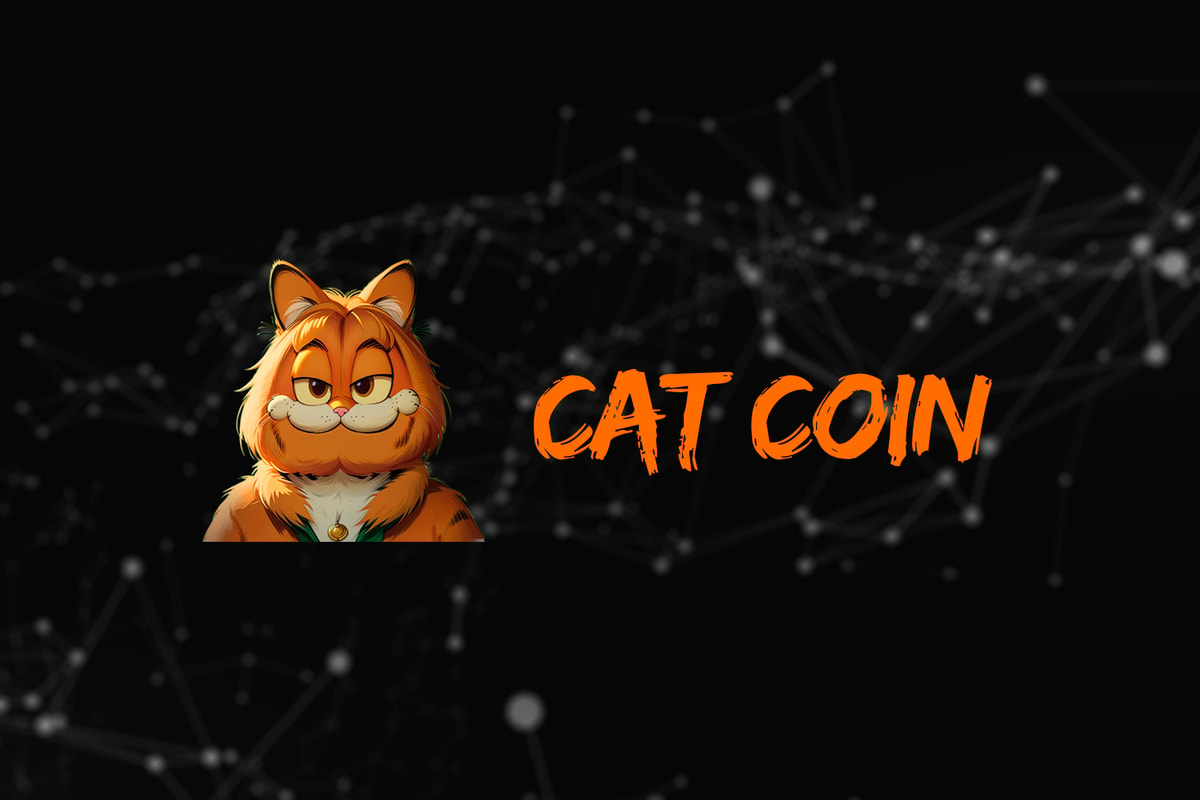Blockchain is not a new concept for the agriculture industry. Farmers and retailers are already recognizing its ability to provide an immutable and transparent record of every transaction, so they are using it to trace the origin and journey of products. This traceability, in turn, improves food safety, combats fraud, and empowers consumers to make informed decisions about the food they consume.
Missed our X Spaces conversation with @dimitrajon?
— Cointelegraph (@Cointelegraph) September 25, 2024
We discussed how blockchain can help improve the global food system, positively impact farmers around the world, and shape a more sustainable future.
Check it out!
[Brought to you by @dimitratech]https://t.co/CcHmGOE5tg
But the use cases don’t stop at improving supply chain processes: according to Jon Trask, CEO of Dimitra, blockchain brings value in a number of other ways. He discussed the applications in detail, along with Dimitra’s ESG practices and technological solutions to complicated farmer problems, during recent Cointelegraph’s X Spaces session.
How blockchain aids farmers
The challenges faced by farmers in developing countries vary ”depending on the environment, the climate of the area, and the specific crop,” Trask pointed out. In Kenya, for example, avocado farmers often struggle with long payment cycles. ”They may be out of cash for a product they have been producing for six months,” he said.
”That’s where blockchain-based trade finance comes in. When there’s a finished product, we give a loan to an individual group of farmers. The loan is then repaid, with a certain amount of interest, when the product arrives at its final destination. But the farmer gets a certain percentage of the money upfront to keep the cash flow going and keep the farm running,” the speaker explained.
He continued: ”Dimitra has one of the largest data sets in the world for agriculture, so we have the capacity to solve different problems. For example, when we started working with Indonesia, their big challenge was that their European and American coffee customers wanted traceability, which blockchain does perfectly. Meanwhile, Ethiopia presents another unique set of challenges, mostly focused on deforestation management and carbon projects. Dimitra helps them mitigate deforestation risks and support carbon initiatives.”
As Trask noted, blockchain’s potential extends further into food safety, security, and even investment opportunities. ”We’re doing RWA projects, where we’re allowing individuals or institutions to invest in real farming projects. One such project is being done in Brazil with the government to fund projects in the Amazon, and another in Kenya,” he added.
Data-driven sustainability
The vast amount of data Dimitra taps into comes from a combination of IoT, drones, satellites, AI and machine learning technologies, as well as insights from farmer surveys, all designed to empower farmers and optimize farming practices. For example, sensors placed in the soil provide valuable data for analysis and recommendations on fertilizer and other treatments, while drones can identify pest clusters and optimize crop management. Farmers can also submit photos of their crops, which are analyzed by AI to identify potential problems and offer solutions.
Data analytics is also being used for another important goal – helping farmers adopt sustainable practices and contribute to carbon reduction efforts. However, the complexity of carbon credit programs poses a challenge, particularly for smallholder farmers, as regulations vary from country to country. The high costs associated with measuring and applying for carbon credits often outweigh the potential benefits for these farmers. To address this, Dimitra was developed to facilitate carbon credit projects for large groups of farmers, aggregating their efforts to achieve economies of scale and making carbon credits more accessible to smallholder farmers.
The process involves documenting various carbon-sequestering activities on the farm, such as tree planting and soil management. Dimitra uses satellite data and blockchain technology to ensure traceability and transparency, allowing third-party auditors to verify the data and facilitating the sale of carbon credits in various markets.
A key focus is also on connecting farmers with food producers who need to offset their emissions. By selling carbon credits to these companies, farmers can generate additional income and gain recognition for their sustainable practices. ”They can spend five minutes saying here are the trees I planted, get the audit, and show that they’ve offset a certain number of emissions,” Trask explained.
Forthcoming regulations, such as the EU Deforestation Regulation, are also forcing farmers to adopt ESG principles and demonstrate due diligence to ensure their products are not linked to deforestation. Currently, deforestation credits can be purchased on the Dimitra platform using either fiat currency or DMTR tokens.
Future is green
While blockchain underpins many of Dimitra’s solutions, the focus remains on empowering farmers to embrace the technology and achieve sustainable growth. ”Some of the farmers have enough knowledge about blockchain and are quite interested in it, but a very large part of them really only care about tools and how they can help them. So our goal is not to teach them about blockchain, but to help them with their business using blockchain,” Trask emphasized.
According to him, the future of sustainable technology in agriculture looks promising, with advances in AI, blockchain, sensors and drones driving innovation. ”Adoption is low on a global scale right now, but it’s going to go up in the next 5-10 years. There are hundreds and hundreds of millions of farmers in the world who are not yet using the latest technologies. We have educational programs with different universities around the world where we’re trying to integrate technology into agriculture, and the students are coming up with so many great ideas of what could be done. And it’s so exciting to see where it’s all going,” concluded Trask.
Disclaimer. Cointelegraph does not endorse any content or product on this page. While we aim at providing you with all important information that we could obtain in this sponsored article, readers should do their own research before taking any actions related to the company and carry full responsibility for their decisions, nor can this article be considered as investment advice.











